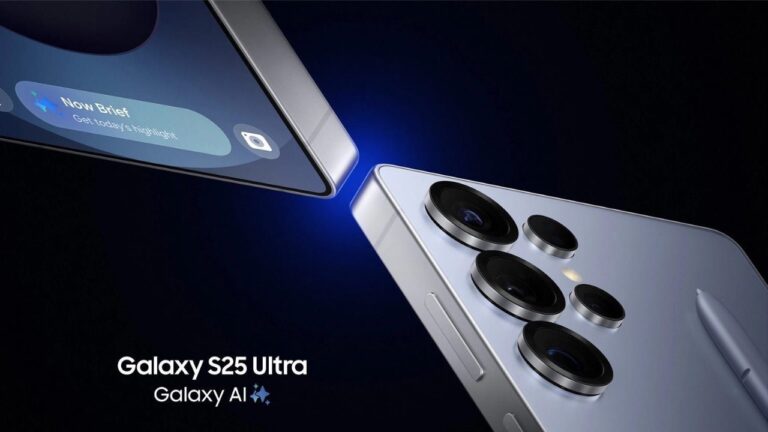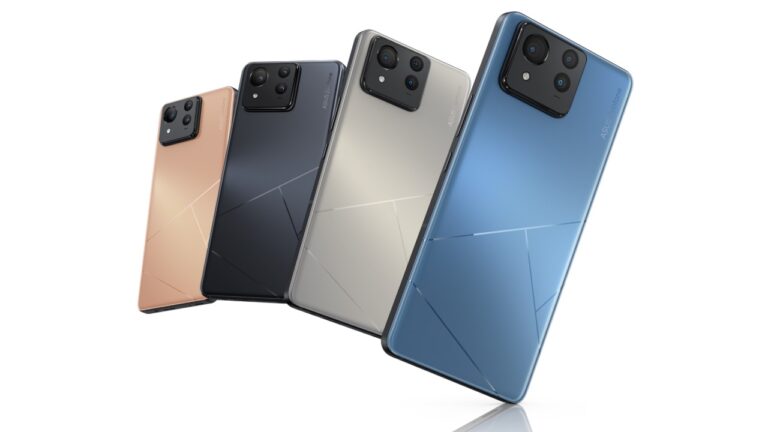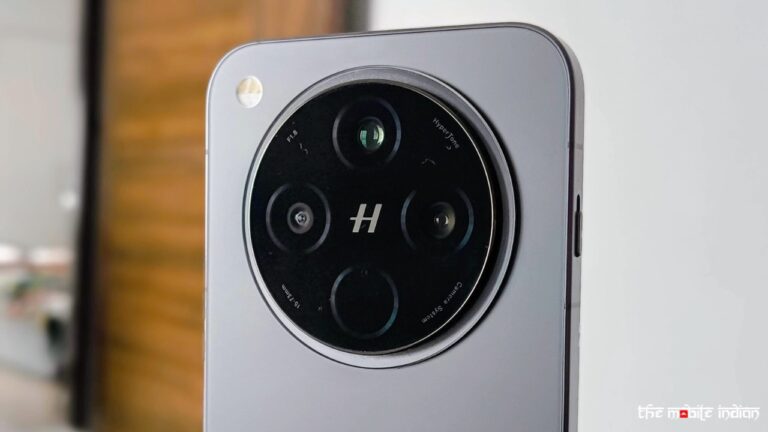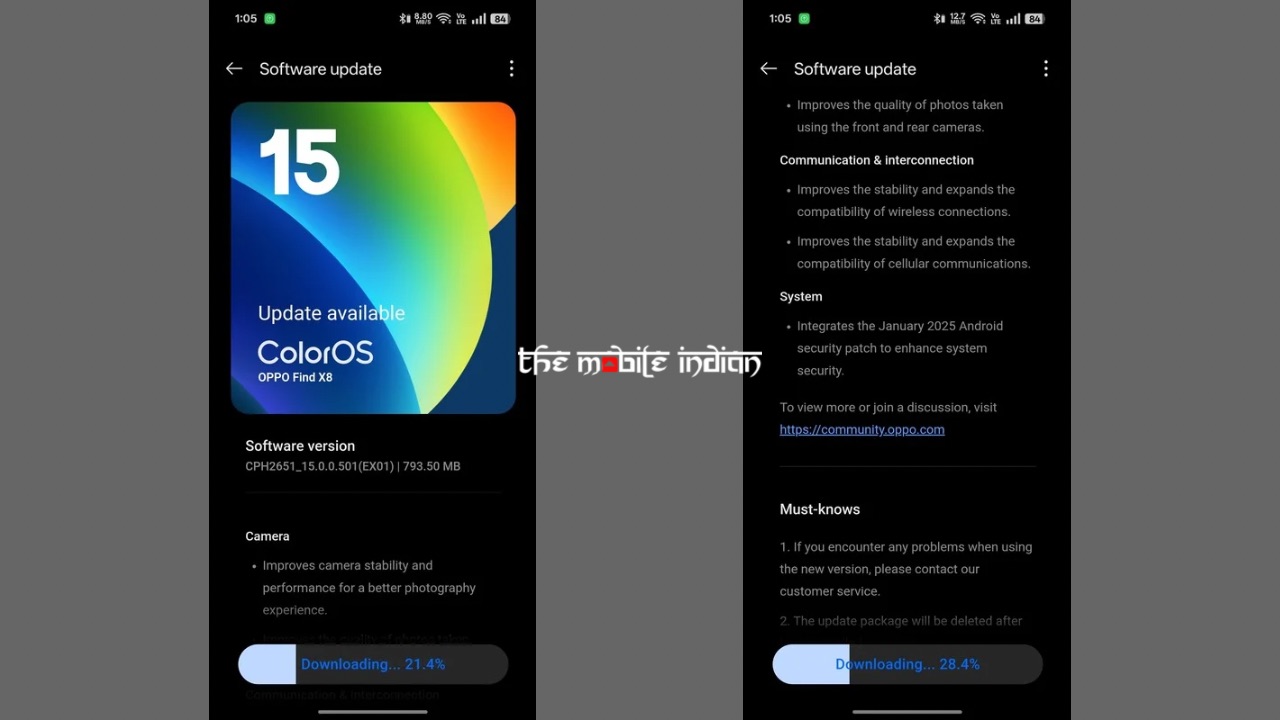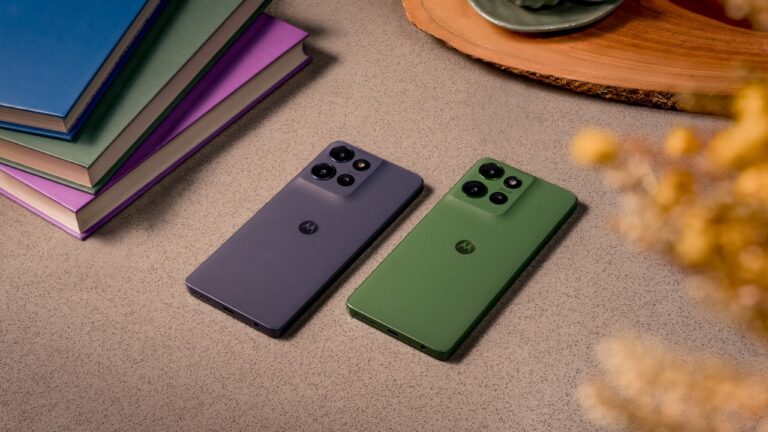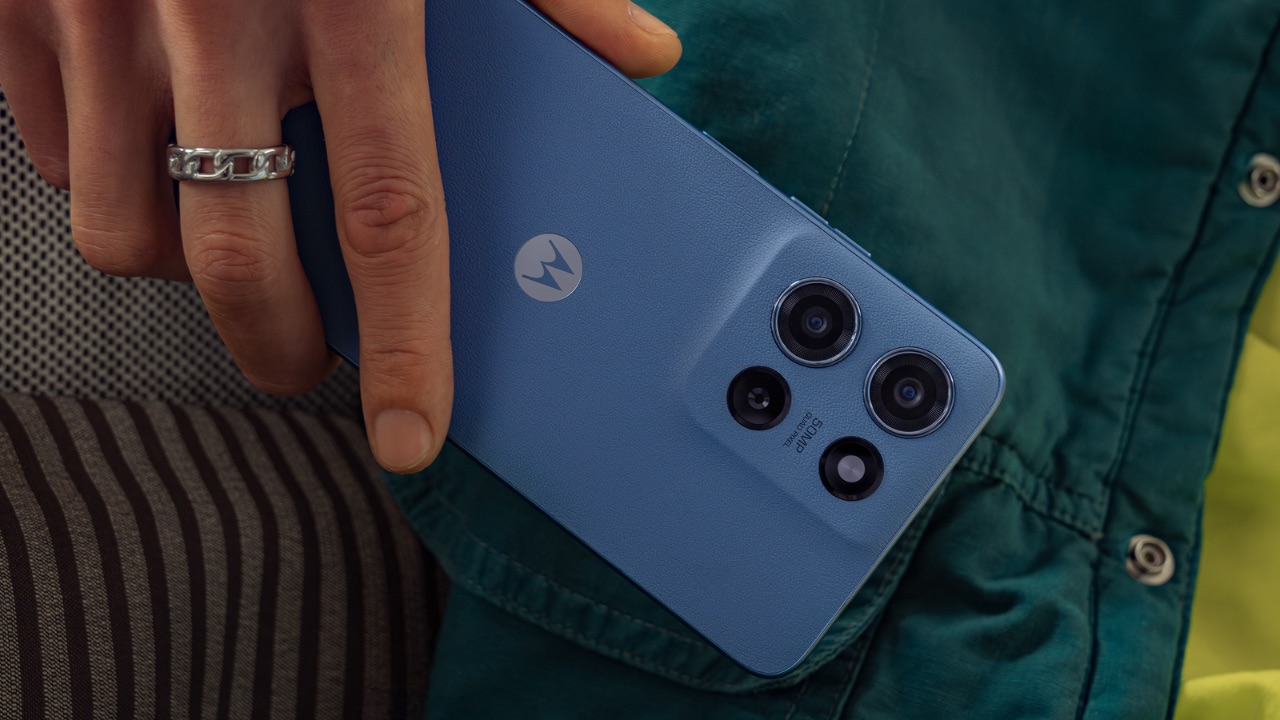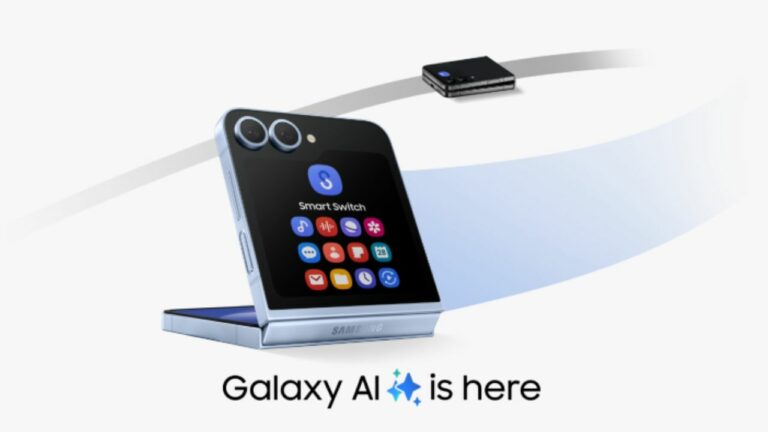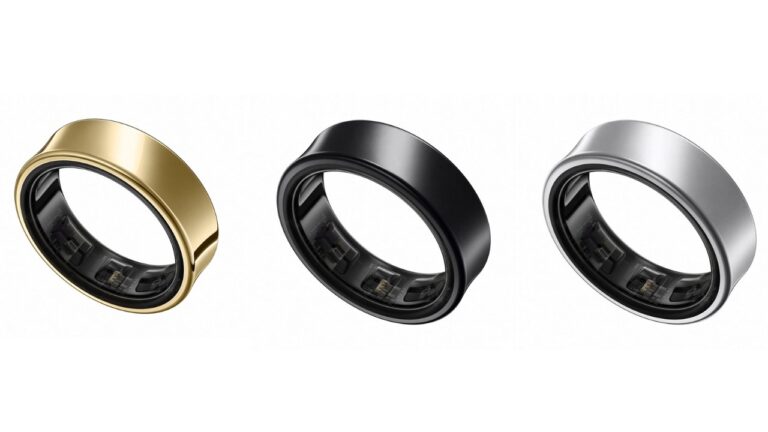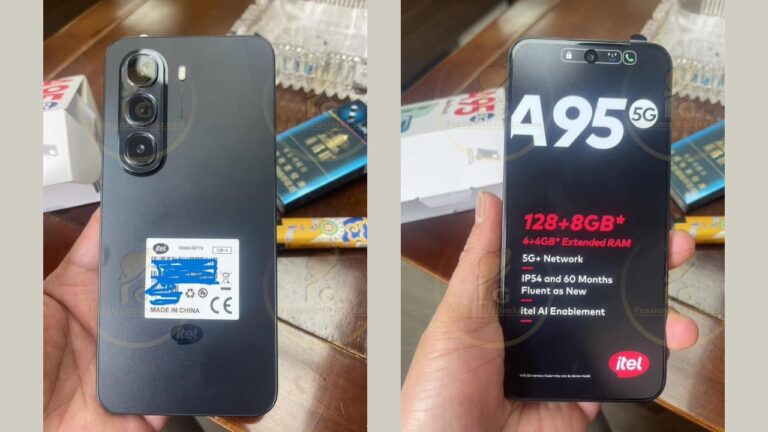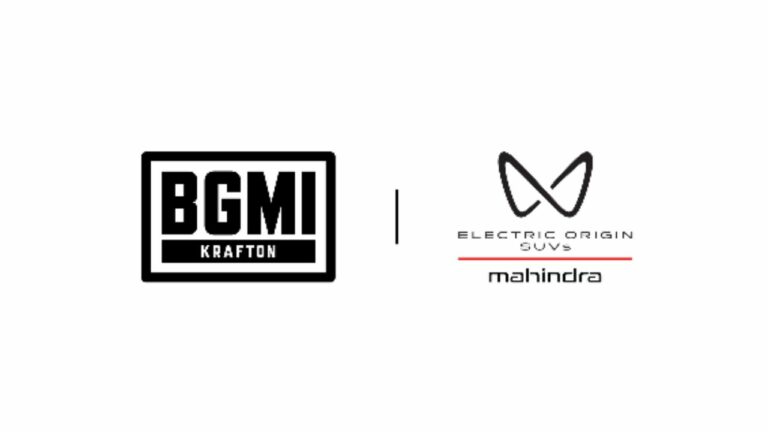A set of new promotional images of Galaxy S25 and Galaxy S25 Ultra have been leaked, showcasing some design details of the device that haven’t been seen before in any other leak. Moreover, there’s also a One UI 7 feature that can be seen in the photos which Samsung teased only last month.
Thanks to the leak by Evan Blass via his newsletter, we now have new promotional images of Galaxy S25 and S25 Ultra, where the former can be seen in the all-new dark blue shade while the latter has a sky blue colour with a silver frame for a contrasting look. The sides are flat, as has been disclosed before.
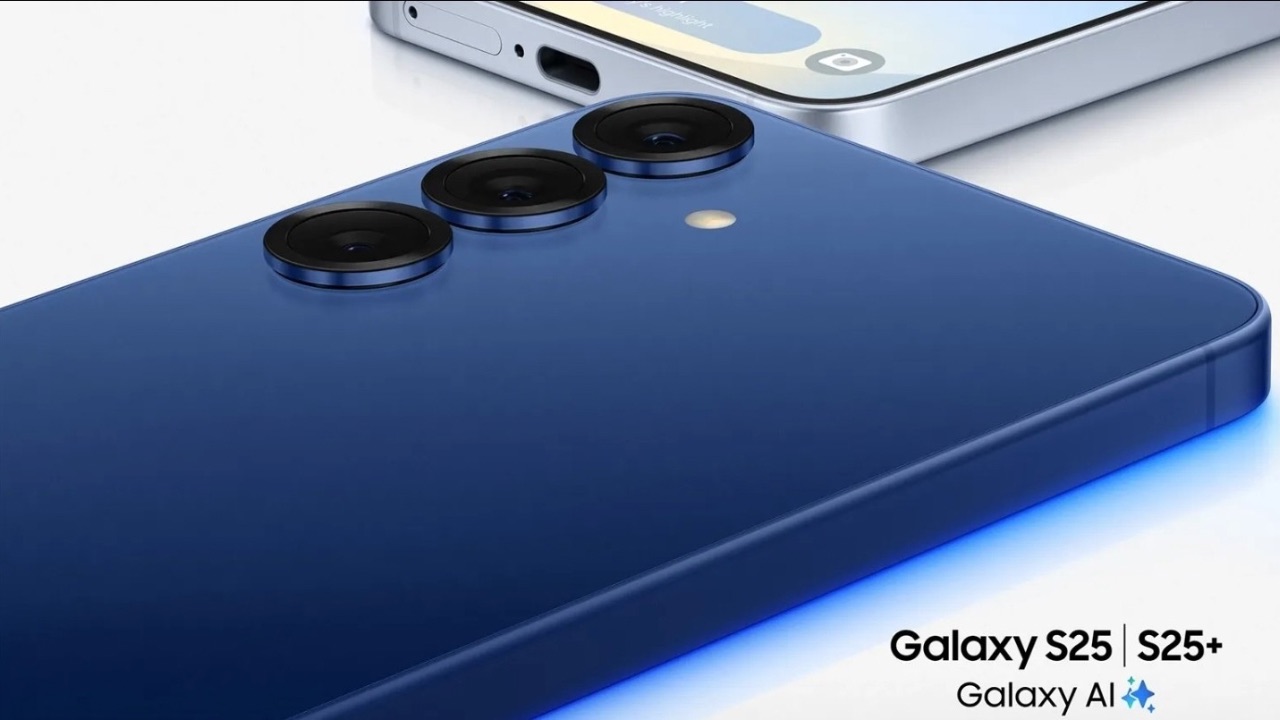
However, one can notice the new camera rings which are the same shade as the rest of the Galaxy S25, which is dark blue, a detail we haven’t seen before in any leak. Further, the Galaxy S25 Ultra has silver rings matching the frame of the handset.
There’s also the colour-coded S-Pen you can see in the teaser. The frame of the S25 Ultra is also completely flat. The camera layout remains identical to its predecessors, while the shape of the device has gone from having sharp corners to rounded ones.
One new One UI 7 feature one can see in the teaser is the “Now Brief” AI feature in the “Now Bar” on the Galaxy S25 Ultra. This feature was teased by Samsung last month when the company said that Now Bar will be an access point for the most comprehensively insightful experiences ever on Galaxy.
Samsung also mentioned an instance where Now Bar will be of help. If you are planning a trip somewhere, Now Bar could prompt you to create a folder of your essential apps for quicker access, it can let you know when to leave for the airport so you don’t get late for your flight, and it can also create a travel music playlist on its own. Aside from that, with a single swipe, you can even access the weather forecast for your location or for the next 7 days.


